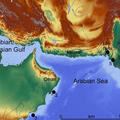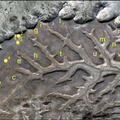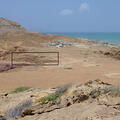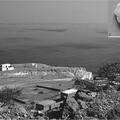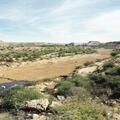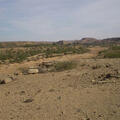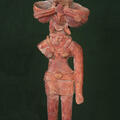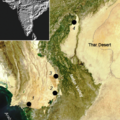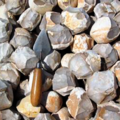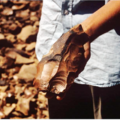Forgotten Islands of the Past: The Archaeology of the Northern Coast of the Arabian Sea
The author, who has been working in the larger region for decades exploring the long history of human habitation and industry going back tens of thousands of years, turns his attention to the geographic changes in the Indus delta region through the Bronze Age and what recent work shows us were the curious "islands" that once existed in lower Sindh (Dholavira, in Gujarat, is another example of such a later settlement).

